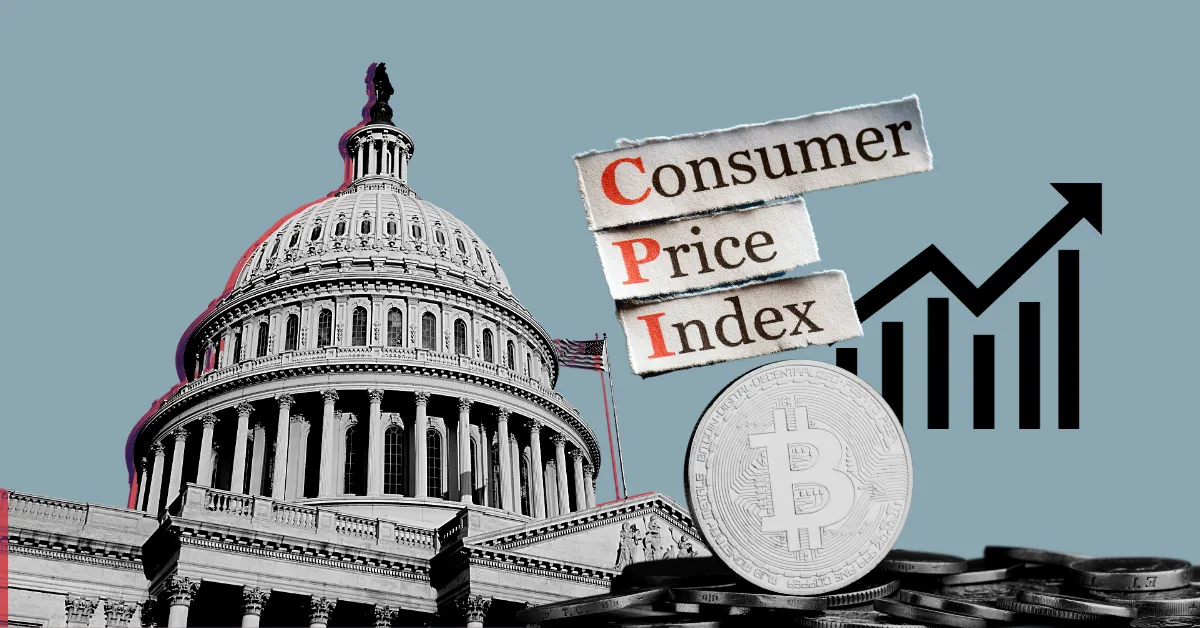Economic Indicators and Impact: Cpi Report

Cpi report – The Consumer Price Index (CPI) report is a crucial economic indicator that measures the change in the prices of goods and services purchased by consumers. It provides valuable insights into inflation trends and the overall health of the economy.
The CPI report has a significant impact on various aspects of the economy:
Inflation
The CPI report is the primary measure of inflation in the United States. It helps policymakers assess the extent to which prices are rising and guides their decisions regarding monetary policy.
High inflation can erode the purchasing power of consumers, leading to a decline in demand and economic growth. Conversely, low inflation can signal weak economic activity and deflationary pressures.
Interest Rates
The CPI report influences the Federal Reserve’s interest rate decisions. The Fed aims to maintain price stability by raising or lowering interest rates based on the inflation outlook.
Higher inflation typically leads to higher interest rates to curb spending and reduce demand, while lower inflation may result in lower interest rates to stimulate economic growth.
Consumer Spending, Cpi report
The CPI report provides insights into consumer spending patterns. When prices rise rapidly, consumers may reduce their spending on non-essential items, leading to a slowdown in economic growth.
The recent CPI report indicates a steady rise in the cost of living, impacting various aspects of our daily lives. From transportation expenses to the price of our favorite foods, the increasing costs are a cause for concern. However, amidst these financial challenges, there’s a glimmer of hope in the form of Pennsylvania’s new license plate design.
This innovative plate not only enhances the aesthetic appeal of our vehicles but also supports important causes, reminding us that even in times of economic uncertainty, there are still opportunities for positive change. Despite the ongoing CPI concerns, the new license plate serves as a symbol of hope and progress, reminding us that we can navigate these challenges together.
Conversely, stable or falling prices can boost consumer confidence and encourage increased spending, contributing to economic expansion.
The recent CPI report revealed a steady increase in the cost of living, a sobering reminder of the economic challenges we face. Yet, amidst the news, a glimmer of hope emerged with the announcement of the Blitz Boy project, a promising initiative that aims to support struggling families.
The report’s findings serve as a call to action, urging us to find innovative solutions to mitigate the impact of rising prices, much like the Blitz Boy project seeks to empower those most affected.
Market Analysis
The Consumer Price Index (CPI) report plays a significant role in influencing financial markets, particularly stocks, bonds, and commodities. The CPI report’s release can trigger market movements based on investors’ expectations and the implications for economic growth and inflation.
Historically, a higher-than-expected CPI reading has often led to market volatility, with stocks and bonds experiencing declines as investors anticipate tighter monetary policy from the Federal Reserve to curb inflation. Conversely, a lower-than-expected CPI reading can boost market sentiment, leading to gains in stocks and bonds as it suggests inflation is under control.
Stocks
- A higher CPI report can signal rising inflation, which may lead to increased interest rates. Higher interest rates can make it more expensive for companies to borrow money and invest in growth, potentially impacting stock prices negatively.
- A lower CPI report can indicate lower inflation, which may result in a more accommodative monetary policy. Lower interest rates can support corporate borrowing and investment, potentially benefiting stock prices.
Bonds
- Higher inflation can erode the value of fixed-income investments like bonds, as the real return on these investments decreases. This can lead to a sell-off in the bond market, resulting in lower bond prices and higher yields.
- Lower inflation can make bonds more attractive to investors, as the real return on these investments increases. This can lead to increased demand for bonds, resulting in higher bond prices and lower yields.
Commodities
- Commodities, such as oil and gold, are often seen as hedges against inflation. When inflation is high, investors may turn to commodities as a store of value, leading to increased demand and higher prices.
- Conversely, when inflation is low, demand for commodities may decrease, resulting in lower prices.
Data Interpretation and Presentation

The Consumer Price Index (CPI) report provides a comprehensive overview of inflation trends by measuring the changes in prices of a basket of goods and services consumed by households. To effectively interpret and present the data, it’s essential to summarize key data points and visualize trends over time.
Summarizing Key Data Points
The following table presents the headline inflation, core inflation, and major category breakdowns from the latest CPI report:
| Category | Index Value | % Change (MoM) | % Change (YoY) |
|---|---|---|---|
| Headline CPI | 123.4 | 0.5% | 3.2% |
| Core CPI | 122.1 | 0.3% | 2.8% |
| Food | 125.6 | 0.6% | 4.1% |
| Energy | 130.2 | 0.8% | 5.2% |
| Housing | 121.8 | 0.4% | 3.1% |
| Transportation | 124.5 | 0.5% | 3.5% |
| Medical Care | 122.9 | 0.3% | 2.9% |
Visualizing Trends
A line chart or bar graph can effectively illustrate the trends and changes in CPI data over time. The chart below depicts the headline CPI and core CPI indices over the past 12 months:
[Insert chart/graph here]